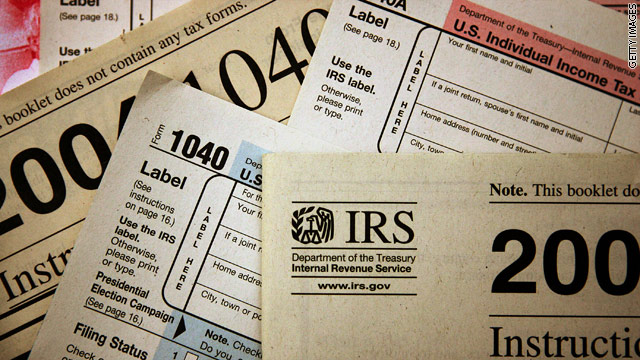Overall, the new tax laws leave IRA savings alone
Bullets we dodged:
Initially there were concerns about what was called “Rothification” which is the idea of eliminating tax deductions and deferrals for retirement savings and instead mandating after-tax contributions with a payoff of tax-free earnings down the road. This is how Roth IRAs and Roth 401(k)s work so hence the term “Rothification” had emerged. These ideas were ditched in the final version of the Tax Bill (now the Tax Law).
Recharacterization, the exception:
What we do see changed is the concept of “Recharacterization”. Prior to these new laws, if you converted pre-tax funds to Roth funds you could later change your mind and “recharacterize” your conversion from the Roth tax treatment back to the pre-tax treatment found in accounts such as the Traditional IRA.
Another new tax law for IRAs is that recharacterization is no longer allowed in the case of a qualified rollover contribution, including a conversion, from a non-Roth account or annuity to a Roth IRA. This limitation applies to qualified rollover contributions made from pre-tax accounts under an IRA, qualified retirement plan, 403(b) plan, or 457(b) plan.
The ability to recharacterize contributions made to a Roth IRA as contributions to a traditional IRA would not be affected. Similarly, the ability to recharacterize contributions made to a traditional IRA as contributions to a Roth IRA would not be affected; but this would be available only if the individual is eligible to make a Roth IRA contribution for the year.
The ability to convert traditional IRAs to Roth IRAs is not affected; however, individuals no longer have the ability to later recharacterize, or undo that conversion. (§ 13611)
This provision is effective for taxable years beginning after December 31, 2017. It appears that recharacterizations in 2018 with respect to conversions in 2017 are not affected, but this is not clear.
This provision raises $500 million over 10 years.
Other IRA Changes:
Earlier this year we saw the IRS leave contributions to Roth and Traditional accounts alone ($5,500 if you are under 50 and $6,500 if you are 50+). 401(k) accounts saw an increase in the contribution cap (from $18,000 per year in 2017 to $18,500 in 2018). The catch-up contribution for 401(k) accounts remains the same ($6,000) so if you are 50 or older you can contribute a maximum of $24,500 to your 401(k) account in 2018.
Also increased was the SEP maximum contribution. The Simplified Employment Plan or SEP now allows a maximum contribution of $55,000 per year vs a cap of $54,000 in 2017.
As always, check with your tax professional before contributing to your retirement account to make sure you are maximizing your benefits. You will find IRA Contribution information and more information on new tax laws for IRAs on the IRS’s website HERE and on the uDirect website HERE







